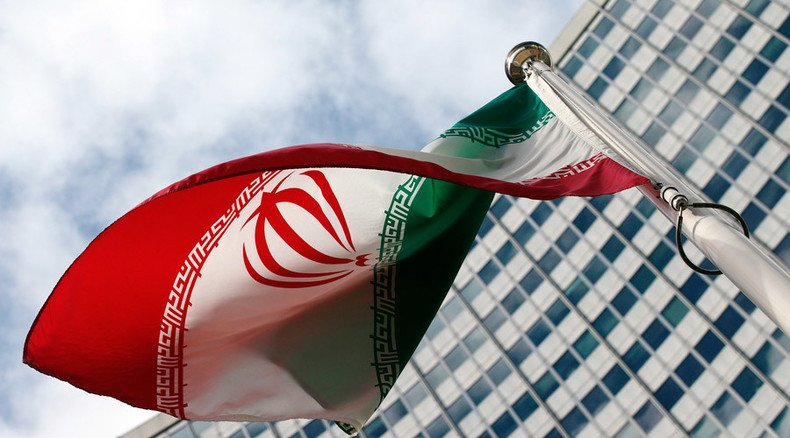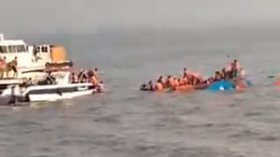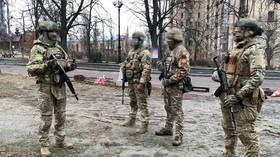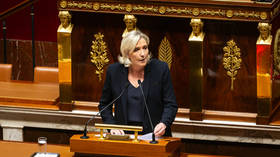Iran discloses info about past nuclear activities to IAEA

A UN watchdog confirms Iran has met a deadline for providing a written description of its nuclear program, as stipulated by the roadmap between Tehran and the IAEA, which seeks to resolve suspicions over the aims of the country’s nuclear activities.
“Iran today provided the IAEA with its explanation in writing and related documents as agreed in the road-map for the clarification of past and present outstanding issues regarding Iran’s nuclear program,” the International Atomic Energy Agency said in a statement.
The IAEA is now going to analyze the documents; if additional clarifications from Tehran are needed, those could be requested up until October 15.
READ MORE: Rejecting Iran deal could damage the dollar, support for Russia sanctions – Kerry
Previously, the IAEA had struggled to investigate Iran’s past nuclear activities, especially those prior to 2003. Iran is suspected of attempting to build a nuclear weapon, and there have been claims that its program has been primarily oriented to military applications.
Tehran, for its part, has repeatedly asserted that the data used in the UN watchdog’s probe was fabricated, while also insisting that it has an unalienable right to use atomic power for peaceful purposes, such as energy production or medicine.
READ MORE: ‘Lies!’ Tehran fumes at accusations of activities at Parchin military site
On July 14, Iran reached an agreement with the IAEA as part of the nuclear deal with the P5+1 Group (Russia, China, the US, Britain, France and Germany), which requires the country to curb its nuclear program in exchange for world powers lifting the economic sanctions that have been imposed against it.
According to the global deal, full sanctions relief will come into effect only after Iran has disclosed information on its past and present nuclear activities to the IAEA, and also takes measures to limit its current atomic program.
READ MORE: Lifting Iran sanctions will drag oil prices down by $10 – World Bank
The IAEA has not disclosed the nature of the deal reached with Tehran, although it said the agreement aimed to resolve outstanding questions as to the possible military dimensions of Iran’s nuclear activities. The agency said measures called for in the agreement corresponded to standard nuclear safeguard procedures.
IAEA Director General Yukiya Amano told The Wall Street Journal that he had a “legal obligation to protect confidential agreements” between Iran and the IAEA, emphasizing the importance of the agency’s independence.
The agency’s refusal to disclose the specifics of the agreement has caused a wave of indignation among US politicians.
READ MORE: ‘Deal or war’: Is doomed dollar really behind Obama’s Iran warning?
Republican Senator Lindsey Graham, the head of the Congressional watchdog committee overseeing the US’ contribution to the IAEA, threatened to stop financing the organization if the details of the deal were not disclosed, as reported by Reuters.
The IAEA’s board of governors is to meet in Vienna on August 25 to discuss the Iran issue, as well as how to finance the agency’s work in the country. The watchdog is expected to write a final Possible Military Dimensions (PMD) report on Iran by the end of the year.












